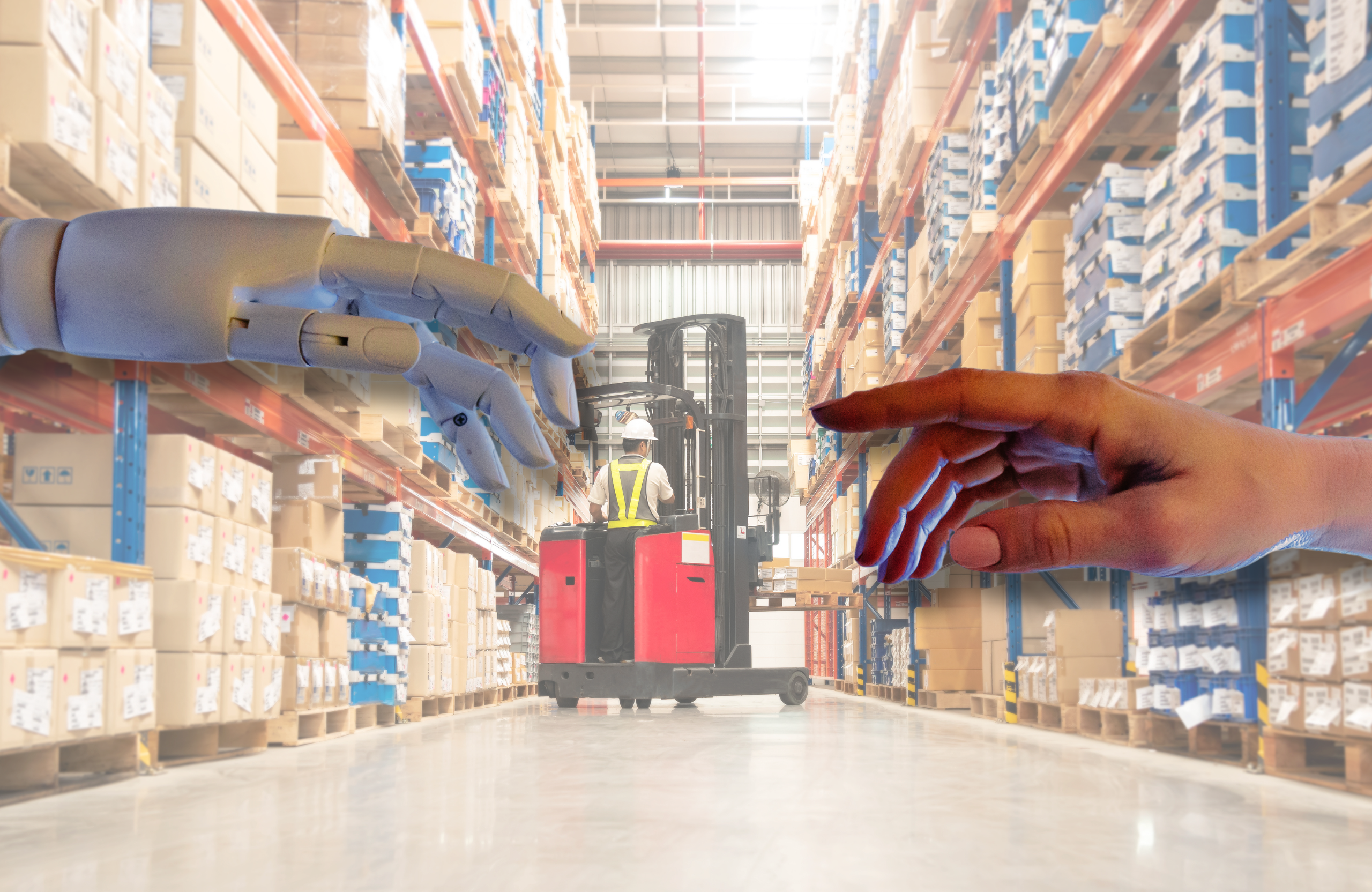If you have evaluated the benefits and pitfalls of having your goods at physical premises of your customer, not sold yet and still owned by you, the time has come to re-evaluate that assessment. One of the biggest challenge with consignment inventory used to be unavailability of consumption data on real time basis, something that can trigger both operational systems (for replenishment) and financial systems (for billing) in time. IoT technology is transforming this part of managing consigned inventory.
Consigned inventory is a great model for some situations and you should look at them carefully. Providing this level of service to your customers have large benefits. For example, you, as a supplier have introduced new products that are more expensive than the ones you’ve been selling for years. Sales and marketing cost of introducing these products with your customers typically requires large investment and long time to generate enough pull and transition commodity purchases to new ones. If you were to maintain and consignment inventory at your customer premises, you’d simply introduce these products on the shelves, possibly even pulling back on older versions. This immediately results in customers “touching and feeling” the new products and trying it out, leading to faster sales cycles and quicker time for adoption.
On the other hand, there is a big side benefit of maintaining a healthy supply of the usual high consumption commodity items at customer premises as well. Without consigned inventory, users of your products make decision on sourcing based on availability and a competitor can get into the account just when your shipping is delayed for whatever reason. Cost of losing business to a competitor is way bigger than the costs of maintaining consignment inventory.
The key to deploying successful consignment inventory lies in availability and integration of data gathered from consumption. Something, that has traditionally been very hard to do. Sometimes, this may be due to simple negligence to this important insight or because it requires lot of manual work to gather data. If consigned inventory is smaller part of your business, it may even not be cost effective to add complexity into business and planning systems to utilize this information.
IoT based transformation
You might have come across talks around business model transformation using IoT. The piece that gets most talked about is outcome/consumption economy. Technologies like automated inventory can help you gain access to real time consumption data and insights into patterns of inventory movement to provide operational efficiency, such as in-time replenishment and automated billing.
With IoT you can enable variety of consignment models such as:
- Pay when sold (real time)
- Pay period (end of day, end of week)
- Pay when consigned (as new items show up)
One of things that supplier has to deal with is performing physical inventory at customer premises at the end of billing period, a quite a labor intensive exercise, specially if you have a large inventory. RFID based automated inventory can pretty much eliminate the need for such periodic visits for reconciliation. Furthermore, if the need ever arises for search and reconcile missions, RFID based inventory can help finish that job in 100th of the time it would have taken to do manually.
The traditional wisdom avoiding additional supply chain costs around managing consigned inventory is old school. Today with suitable IoT technologies, benefits far surpass the lowered costs of the model, something to revisit now.
Know more about our solution Read More






